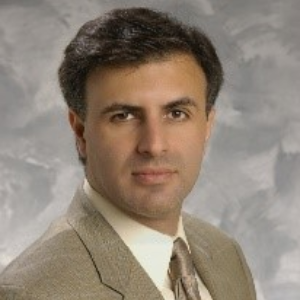Title: Pressure plate analysis in musculoskeletal injuries: An overview
Abstract:
Musculoskeletal injuries are extremely common in both humans and Animals. The prevalence of musculoskeletal injuries has increased due to a number of variables, such as decreasing physical activity, higher life expectancy, and professional athleticism. Joint deterioration is a frequent and expected occurrence in the elderly population. Less movement and weakened soft tissues and muscles put more strain on the cartilage in the bones and joints. A global issue, emerging obesity is a precursor to numerous illnesses. More weight puts more biomechanical strain on the joints, ligaments, and tendons. As a result, joint degeneration is becoming more of an issue in both human and veterinary medicine.
The diagnosis of such musculoskeletal injuries can be challenging for medical professionals. It is considerably more difficult for patients who are unable to interact with medical staff in an efficient manner. Young children, anyone with communication impairments, and of course animals would be examples. To put it simply, the pain makes you transfer your weight to the other limb from the injured one. Until recently, visual observation has been the primary method used to diagnose weightbearing fluctuations. According to recent research, human visual examination is not perfect and is prone to error. The visual examination can be readily distorted by variations in the observation's direction, angle, and light exposure. Recent developments in biomedical technologies have made it possible for us to identify minute variations in weight-bearing that are readily overlooked.
Force plates have been the gold standard for this use; nevertheless, their installation requires specialized space and facilities and is not user-friendly for regular practitioners. Force plates can be replaced with pressure plates, which don't require installation and have user-friendly software. Podiatrists, among other practitioners, are using technology to identify patients with abnormalities in foot placement and weight bearing. When creating the appropriate orthotics and medical equipment for those people, this is incredibly helpful. In contrast, they can serve as an important diagnostic tool in veterinary medicine. Pressure plates have been used to assess patients' recovery from surgical or medical treatments, as well as the effectiveness of medical devices, and to identify lameness in a range of species, including humans and animals. They have been shown to be very practical and is expected to be used by more and more practitioners over next years.
Audience Take Away Notes:
- This talk introduces the use of new technologies in diagnosis and understanding of imbalances of weight distribution in patients with musculoskeletal injuries
- Recent technological advances have provided new avenues for diagnostic and long-term analysis of patient monitoring
- This technology is becoming more available and is user-friendly
- More and more practitioners are using such advanced technologies and it is a growing filed
- Data obtained from advanced gait analysis is more accurate and superior to merely visual examination by human eyes of weight bearing imbalances in patients



